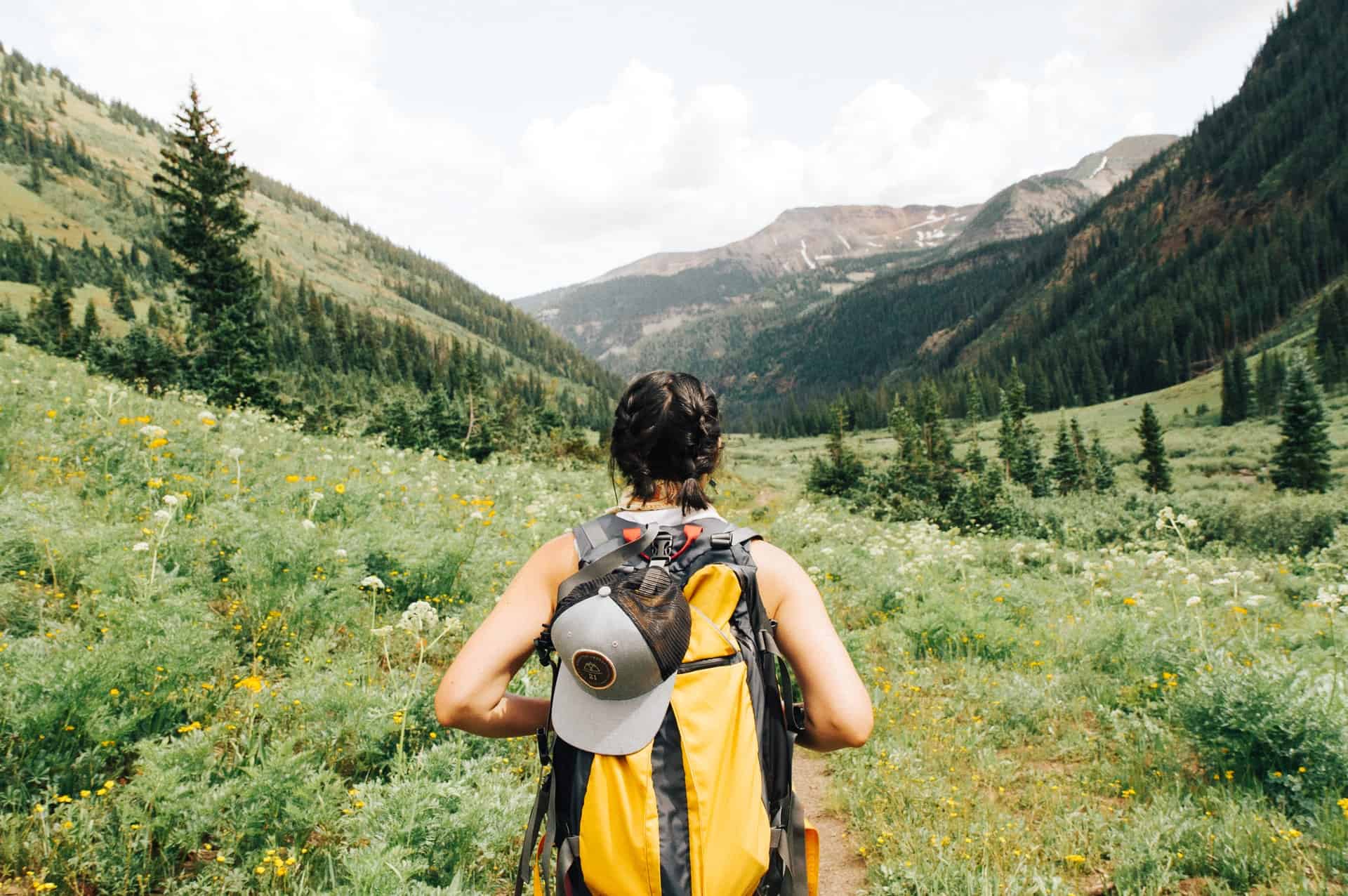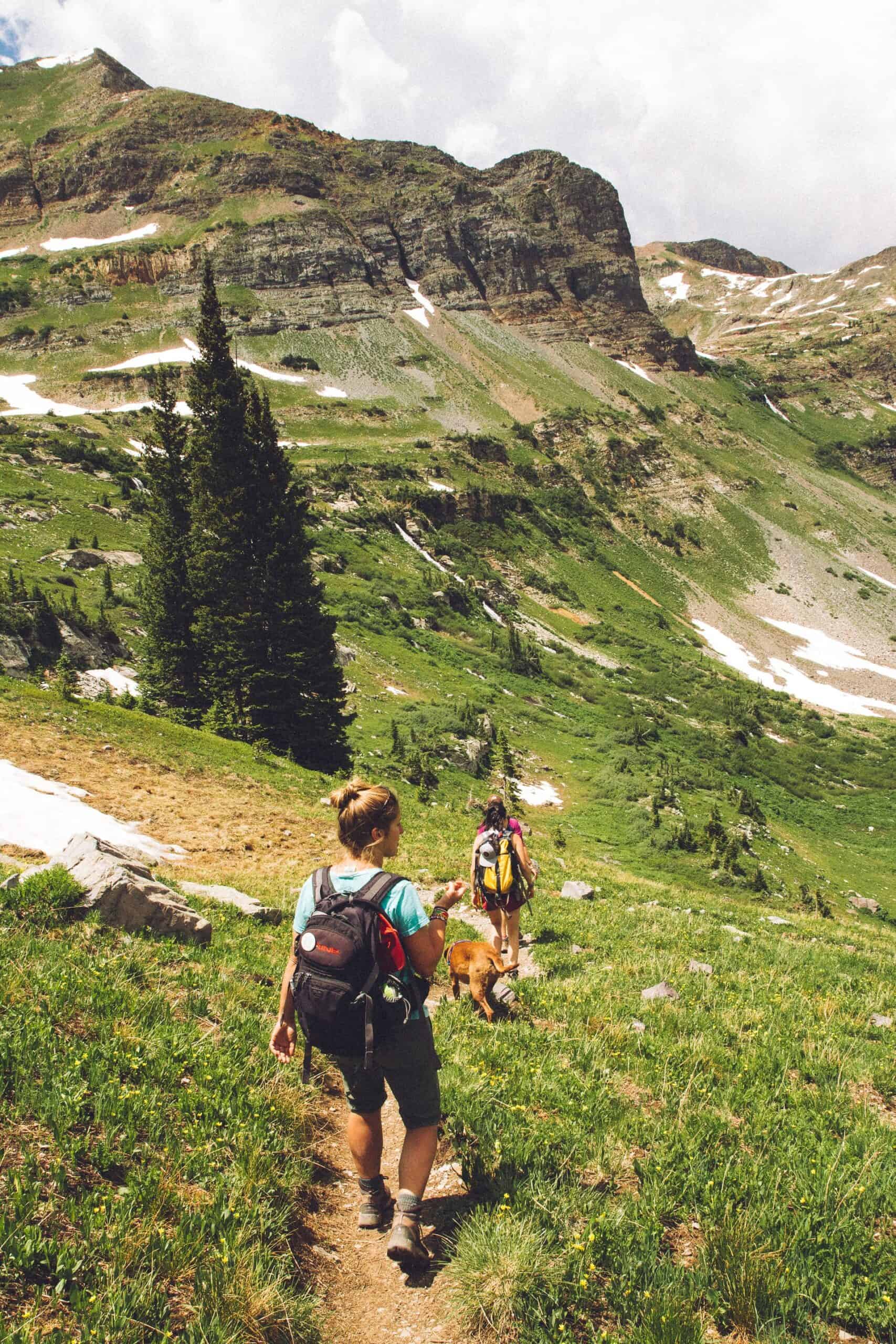
Hiking is a popular outdoor activity that has numerous benefits.
Studies have shown that it prevents osteoporosis and reduces depression and anxiety.
Naturally, our minds and bodies have a connection with the world around us.
And although it’s exciting to put yourself out there in nature, it’s not always as easy as it seems.
Hiking can be unpredictable, challenging, and intimidating if you don’t take the right steps.
Knowing how to plan ahead of time can ensure a safe and fun experience.
With that in mind, here are seven essential tips for a great hiking trip.
Table of Contents
1. Start Training
The word “training” might seem intimidating, but it’s a lot less complicated than you might imagine.
Instead of conjuring up images of heavy weightlifting, replace the word training with “preparation.”
As a beginner, you need to do some basic training to ensure you’re physically fit and able-bodied to complete a successful mountain trip.
Training increases the strength in your major muscles, improves your balance, and builds endurance.
If you can’t go to the gym, you can do some yoga and light cardio at home to increase your muscle strength and flexibility.
When exercising for a hiking trip, you should focus on your foot muscles first before gradually building up the other parts of your body to withstand any strain hiking places on your body.
2. Choose the Right Vehicle
Naturally, you might want to hike somewhere far from home—perhaps in a different state or even in a different country.
You may need to navigate rocky roads and uneven terrain.
The last thing you want to deal with on a hike is vehicle problems to and from your trailhead.
Before you hit the road, get your vehicle checked for proper maintenance.
You’ll also want to make sure you have the appropriate insurance for your car in case of an emergency.
For example, if you had a Q7—a great model for offroading—you might consider looking into Audi extended warranties for additional coverage beyond your basic manufacturer offering.
3. Get the Right Gear
You wouldn’t go hiking in flip flops and loose shorts—but you’d be surprised how many people make critical gear mistakes when it comes to mountain hiking.
What you’ll need on your hike will depend on the trip you’re taking, but the basics are the same across the board.
For instance, no matter where you’re going, you always need a reliable pair of hiking boots.
Good hiking boots strike a balance between support, functionality, and stability.
You also need layered, lightweight clothing; merino wool is a reliable hiking option.
Other essentials include a first aid kit, plenty of water, knife or multi-use tool, and healthy snacks.

4. Don’t Overextend Yourself
Let’s paint a picture: you have a group of friends who are hiking aficionados and are embarking on an 8-mile loop trip.
You decide to join them—even though you’ve never hiked before.
In this case, you will not only get exhausted before the end of the hike, but you’ll also lose track of your friends.
When hiking, choose trails you can complete and that are within your range of ability. Get familiar with the hike before you go.
As you continue hiking, you can increase your training plan by an extra mile or two miles weekly until you become a pro.
5. Bring a Map
A map is essential for hiking, particularly in national parks, thru-hiking trails, and trails with nuanced terrain.
It’s not unusual for hikers to get lost on the trail. Although chances are you have your phone, you never know what can happen.
If your phone dies, falls, and breaks, or if you get lost, you need a backup option for navigation, and there’s nothing more surefire than a physical map.
If it’s raining, you can put your paper map in a Ziploc bag and continue reading it.
6. Pack for the Weather
The weather is one of the most unpredictable factors when hiking. You can’t be sure if it’s going to rain on your hiking day or not.
Check the forecast a few days before your hike and hours before you take off.
It helps to take the “better safe than sorry” approach and pack a lightweight rain jacket even if the weather recently suggested it wouldn’t rain at all.
7. Pace Yourself
Some people arrive at the trail feeling like they can go around twice without feeling tired.
As a result, they start with a lot of energy. Some even start running or jogging at the beginning.
However, hiking is not a marathon race. If you don’t pick a pace you can maintain throughout the hike, you won’t finish.
The people you tried to leave behind will walk past you without breaking a sweat. But, you’ll have used up all your energy.
______
This story is brought to you in partnership with olive.
Arthur is a father of three and writer covering a range of topics including internet marketing, SEO, and more. When not writing, he can be found behind a drum kit.
Planning a trip? Go Backpacking recommends:
- G Adventures for small group tours.
- Hostelworld for booking hostels.
